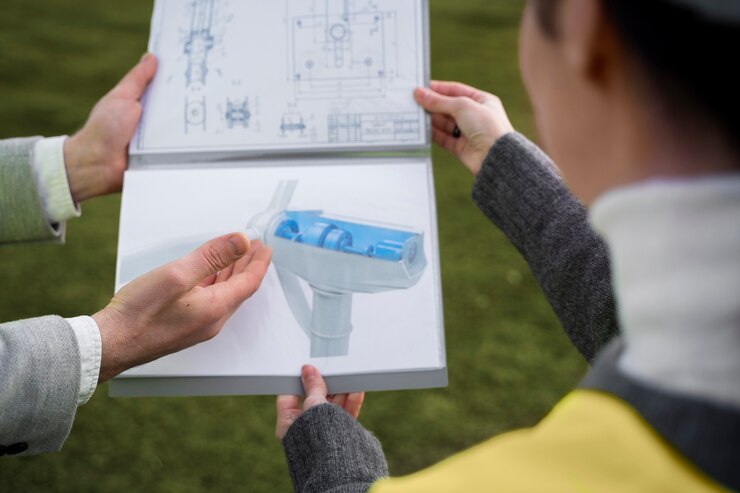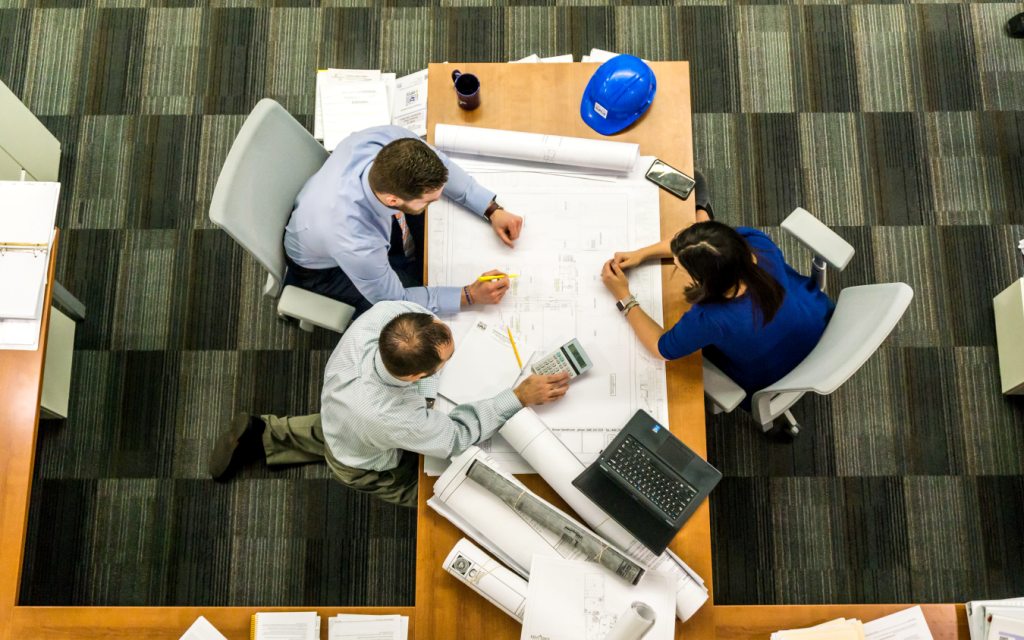27 Sep

|
Getting your Trinity Audio player ready...
|
Choosing the right site for development is a pivotal decision that can determine the success or failure of a project. Whether you’re a seasoned developer or embarking on your first venture, understanding the critical factors involved in site selection is essential. This guide will explore the key considerations to help you identify the perfect plot for your development goals.
Table of Contents
1. Location, Location, Location
The adage “location, location, location” holds true in real estate and development. A site’s location can significantly impact its value, accessibility, and desirability. Key aspects to evaluate include:
- Proximity to Amenities: Assess how close the site is to schools, shopping centers, healthcare facilities, and recreational areas. Being near essential services can enhance the appeal of your development.
- Transportation Access: Consider the availability of public transport options, major highways, and road networks. Sites with easy access to transportation tend to attract more residents and businesses.
- Neighborhood Quality: Investigate the surrounding neighborhood’s demographics, safety, and overall vibe. A well-established and thriving community can bolster your project’s success.
2. Zoning Regulations and Land Use
Before committing to a site, it’s crucial to understand the zoning regulations and land use policies that govern the area. Zoning laws dictate how land can be utilized, influencing everything from building height to density and the types of activities allowed. Here’s what to consider:
- Current Zoning Classification: Ensure that the land is zoned for the intended purpose, whether residential, commercial, or mixed-use. If not, check the process for applying for a zoning change, which can be time-consuming and uncertain.
- Future Zoning Changes: Research any planned changes to zoning laws in the area that could affect your development. Future infrastructure projects, such as new roads or public transit systems, might lead to rezoning opportunities.
3. Environmental Considerations
Environmental factors can greatly influence the feasibility and costs of a development project. Conduct thorough assessments to understand the site’s environmental conditions:
- Topography: Evaluate the land’s topography, drainage patterns, and soil composition. Steep or unstable terrain can pose challenges during construction and lead to higher expenses. For a thorough assessment, consider engaging aerial survey companies in Boise to provide detailed insights into the site’s conditions.
- Flood Zones and Natural Hazards: Determine if the site is located in a flood zone or susceptible to natural disasters like earthquakes or landslides. Sites in high-risk areas may require additional precautions or insurance.
- Environmental Regulations: Familiarize yourself with environmental regulations that may impact the development, including wetlands protections and air quality standards.
4. Market Demand and Trends
Understanding market demand is crucial for selecting a successful development site. Conduct market research to identify current trends and future projections:
- Demographic Analysis: Examine population growth, income levels, and age distribution in the area. A growing population may indicate increasing demand for housing or commercial spaces.
- Competitor Analysis: Assess existing developments in the vicinity. Understand their occupancy rates, pricing, and any unique features that set them apart. This information can guide your project’s design and marketing strategies.
- Future Growth Areas: Look for emerging neighborhoods or districts that are undergoing revitalization or infrastructure investment. These areas often present lucrative development opportunities.
5. Site Infrastructure
The availability and condition of infrastructure can significantly impact the viability of a development project. Key infrastructure elements to evaluate include:
- Utilities: Ensure that essential services like water, electricity, gas, and sewage systems are readily available and adequate for your project’s needs. Upgrading existing utilities can be costly and time-consuming.
- Road Access: Assess the condition and capacity of roads leading to the site. Ensure that there’s sufficient access for construction vehicles and future residents or customers.
- Internet and Telecommunications: In today’s digital age, reliable internet access is crucial for both residential and commercial developments. Verify the availability of high-speed internet services.
6. Financial Considerations
Budget is often a determining factor in site selection. Consider the following financial aspects:
- Land Acquisition Costs: Evaluate the price of the land relative to its potential value post-development. Ensure that it aligns with your budget and financial projections.
- Development Costs: Assess potential costs associated with site preparation, infrastructure upgrades, and compliance with regulations. An in-depth financial analysis can help you identify any hidden costs.
- Financing Options: Explore financing options, including loans, grants, or partnerships, to ensure you have the necessary resources to undertake the project.
7. Community Engagement
Engaging with the local community can significantly influence the development process. Consider the following:
- Community Needs and Feedback: Understand the needs and desires of the community. Engaging local stakeholders can help you design a project that meets their expectations and fosters support.
- Public Relations and Marketing: A project that positively impacts the community is more likely to receive support. Effective communication and transparency about your plans can build goodwill and ease the approval process.
In Conclusion
Choosing the perfect plot for development requires careful consideration of numerous factors. By evaluating location, zoning regulations, environmental conditions, market demand, site infrastructure, financial aspects, and community engagement, you can make an informed decision that sets your project up for success. Thorough research and planning at this stage will not only save time and money but also pave the way for a thriving development that meets the needs of its future inhabitants.


